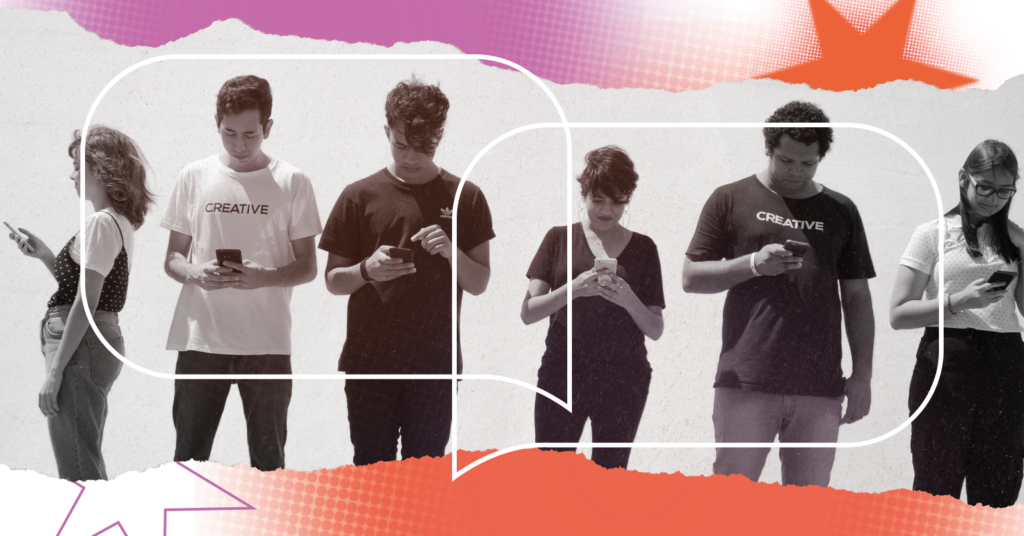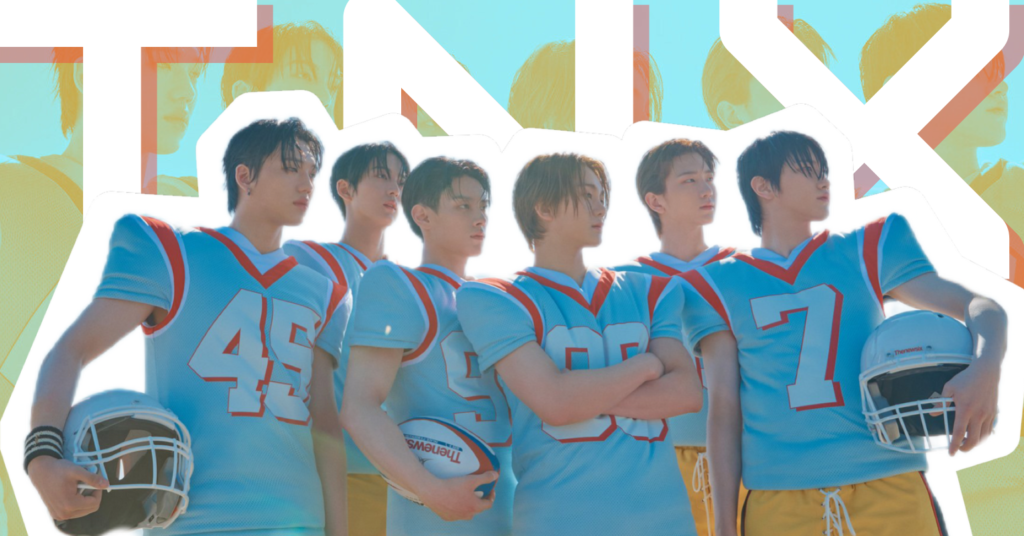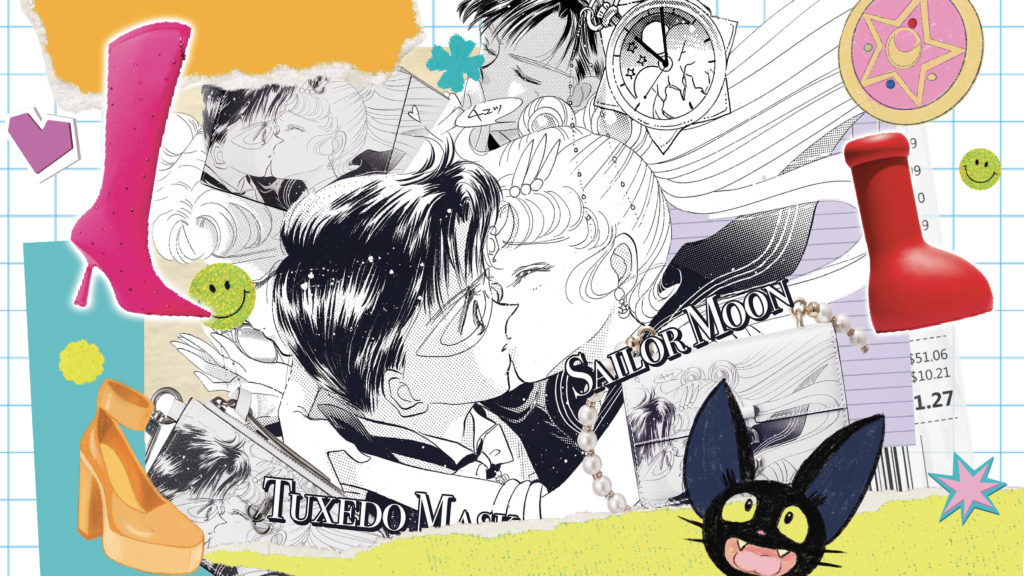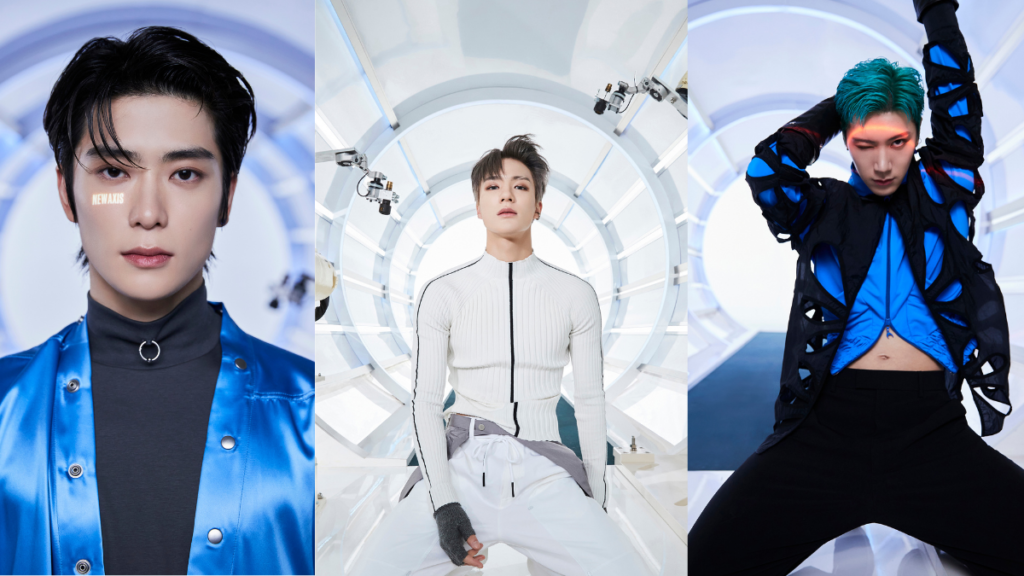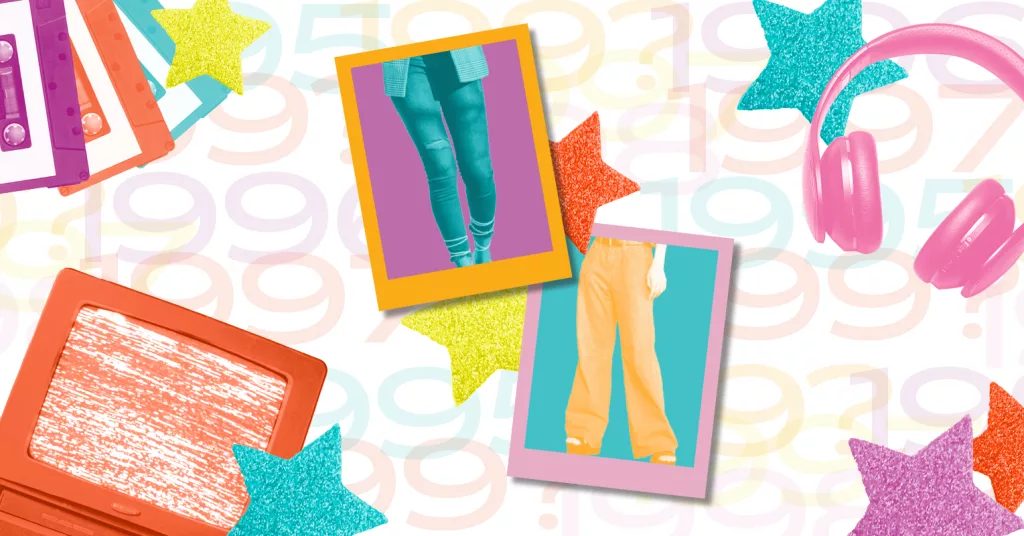What’s the most cringe-worthy line of dialogue you’ve ever heard on screen? It probably wasn’t a slay. Maybe it made you big mad. Whatever was said, it might have made you painfully aware that the characters were written trying to emulate how Gen Zers speak without understanding the context or nuance of what they said. In discussions of cringy dialogue, it seems one group of characters is afflicted with unfortunate one-liners and references much more than the rest: Gen Zers. From Hulu’s Not Okay (2022) to Netflix’s Never Have I Ever (2020), when Gen Z characters speak on-screen in TV shows and movies, it can often be a toss-up of whether “Gen Z speak” will be accurately represented on screen or not.
How a character uses a word or phrase on-screen might not seem like a big deal, but inaccurate representations in media harm the understanding of Gen Z’s identity as a generation. Poor representations also actively minimize the understanding of language change, usage, and origins of language like African American Vernacular English. It would seem downright disrespectful to do such a disservice to these piece of media’s primary target audience.
Who is Gen Z?
So who is Gen Z? According to Michael Dimock, the president of the Pew Research Center, Gen Z is regarded as individuals born between 1997 and 2012. But being part of this generation isn’t just when you were born. Crucial experiences and ideas affect the identity and actions of Gen Zers, including how they speak.
But Gen Zers don’t just speak English. It’s a generation that is represented across the world in many languages. This piece only talks about media made to represent English-speaking communities, but Gen Zers around the world have developed their own linguistic identities in many different languages.
It’s the Influence for Me
The variety of influences on Gen Z identities is diverse and impacts every aspect of their actions and expression. The factors that affect the language Gen Zers choose to use are just as varied and complex. In the book Gen Z Explained: The Art of Living in the Digital Age, authors Roberta Katz, Sarah Ogilvie, Jane Shaw, and Linda Woodhead note that one major factor that impacts how Gen Zers speak is the multitude of social codes they have learned to navigate between online and offline spaces.
Social media and the content shared online have helped to create an entirely new field of content for terms and ways of speaking to draw from. However, much of what is known as “Gen Z Speak” or “TikTok Lingo” actually comes from African American Vernacular English (AAVE), oftentimes specifically from the Black LGTBQ+ community. Many terms like “slay” and “work” were created and used by the queer Black community in ball culture and were popularized among a wider audience by drag performers through shows like RuPaul’s Drag Race.
Originating from Black communities in the US and Canada, this dialect of English formed due to community and language contact during slavery and segregation in North America. AAVE is diverse and varied across communities and regions, with its own rules of grammar and usage. Terms like “be for real,” “cap,” and “no cap,” often credited as Gen Z slang, come directly from AAVE. So how do these terms make it into usage where they become miscredited?
“Different communities, I think, are more in contact with each other than they might’ve been before,” Tyanna Slobe, a linguistic anthropologist and PhD candidate at the University of California, told EnVi. “There’s still regional-based language variation which is still relevant to youth, but because different communities can happen online and in digital spaces. I think we probably see more of that than we did before,” she said. Slobe also noted that “a whole generation of people is a very diverse thing, and who gets represented as speakers of that generation,” is important to consider. Gen Z is not just made up of one kind of people, and neither are the speech communities within it.
Ws and Ls
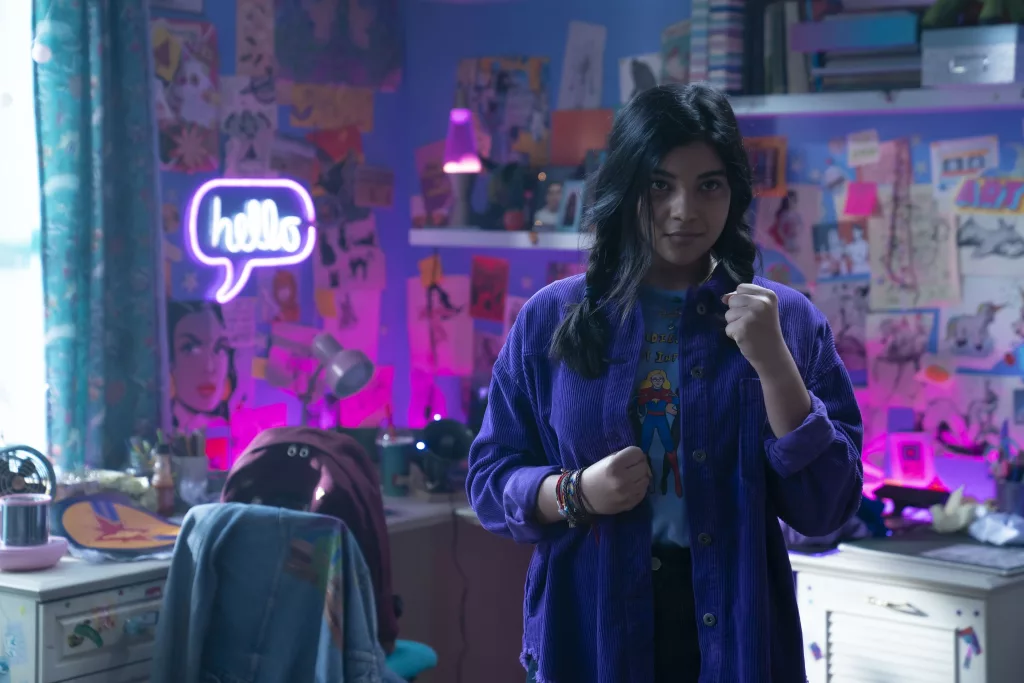
Combining all these factors to paint an accurate picture on the screen can be difficult, and there are examples of work that have been lauded for their depictions of Gen Zers and those that have been mercilessly memed by the internet. Shows and movies about Gen Z are made for Gen Z. That means that Gen Z has the final say on whether they’ve been accurately portrayed or not. The verdict has come in many times. The vast majority face critiques based on their portrayal of Gen Z, oftentimes because of the way characters speak.
That’s not to say all Gen Z media haven’t gotten things right. Shows like Netflix’s Heartstopper (2022) and Disney+’s Ms. Marvel (2022) have been praised for their on-screen portrayals of Gen Z because of the integration of texting and messaging into the shows. In Heartstopper, the characters are shown to chat using Instagram DMs, opting to directly show the phone screen when characters are texting. In Ms. Marvel, the messages are incorporated into the environment around the characters.
Other shows like Outer Banks (2020) on Netflix and The Summer I Turned Pretty (2022) on Amazon Prime received mixed reviews, with many Gen Zers online thinking they portray Gen Z faithfully, and others saying they could “see the cringe rolling off each actor before every line.”
It’s More Than Vibes
Getting it right has always been an issue though, according to Slobe. “I think that TV show writers or movie writers have always tried, and maybe in some various ways failed to represent youth language,” she said. But the reasons why there might be such a noticeable disconnect now, are somewhat the same as previous generations’ issues and unique to Gen Z. “Technology and youth language has always been a thing,” she said. “But, I do think there is more interchanging…faster interchanging, of different changes in speech.”
“Youth have always been drivers of linguistic change, in particular teenage girls. I think that probably happens more quickly now than it did before,” she expanded. “One interesting thing about internet-based communication and phones, in particular, is those apps change really quickly and even within the same app the ways that people communicate change quickly and so I think that’s something that’s extremely difficult to represent,” Slobe said.
“It’s a little difficult to make characters that everyone feels like they know,” Brandon Gilpin, 23, an actor and member of Gen Z, said. “There is so much content out there and it’s being made for everyone to enjoy, [so] it can sometimes not be specific enough for a certain audience,” he said.
What’s important when portraying Gen Z, they both said, was listening to Gen Z. Gilpin said that “spending time on the apps they [Gen Z] consume,” is important for improving how Gen Z speech is represented. “I can’t imagine being able to do that [write Gen Z speech accurately] well if you don’t have writers from the communities that are being represented,” Slobe said.
Interested in more tv and film breakdowns? Check out our first impression of Netflix’s XO Kitty here!
